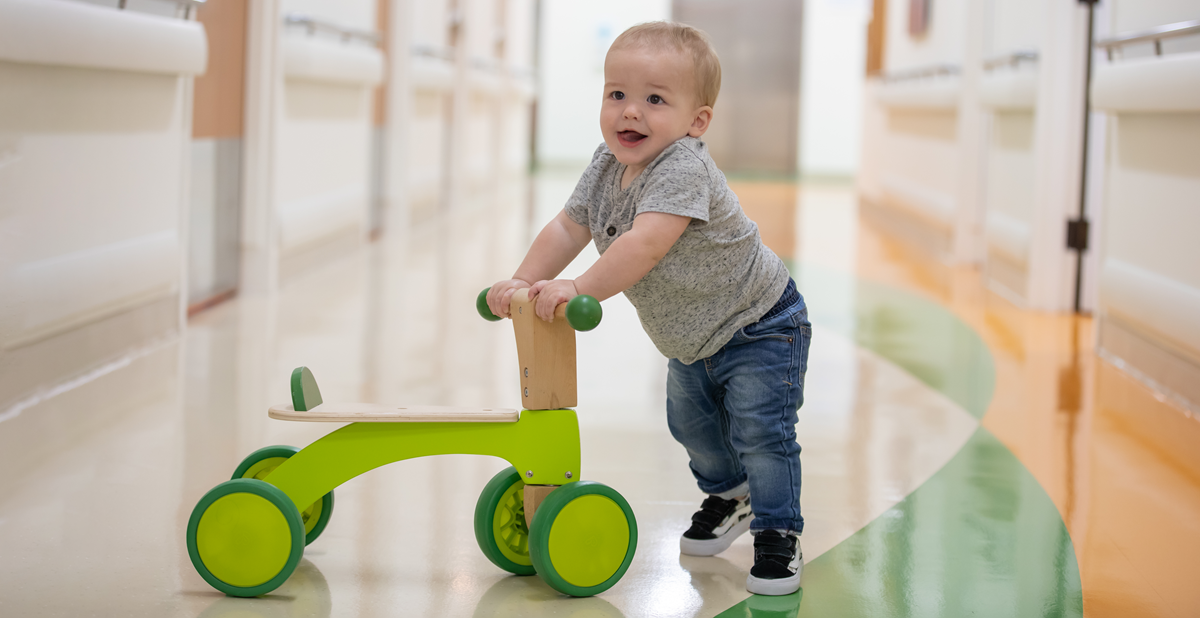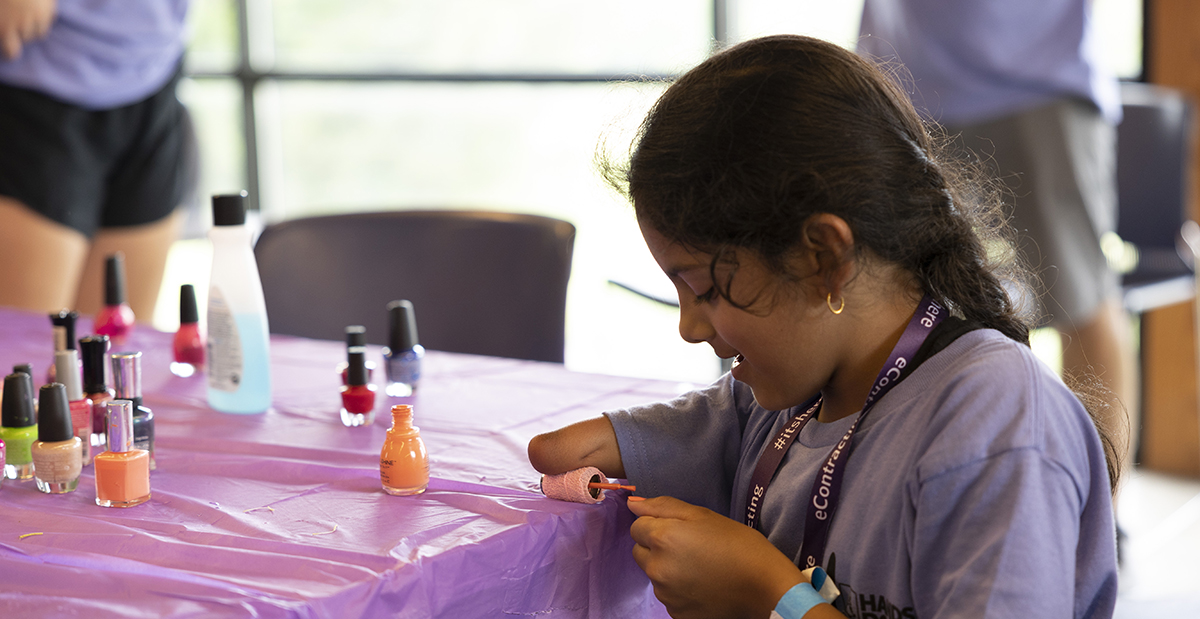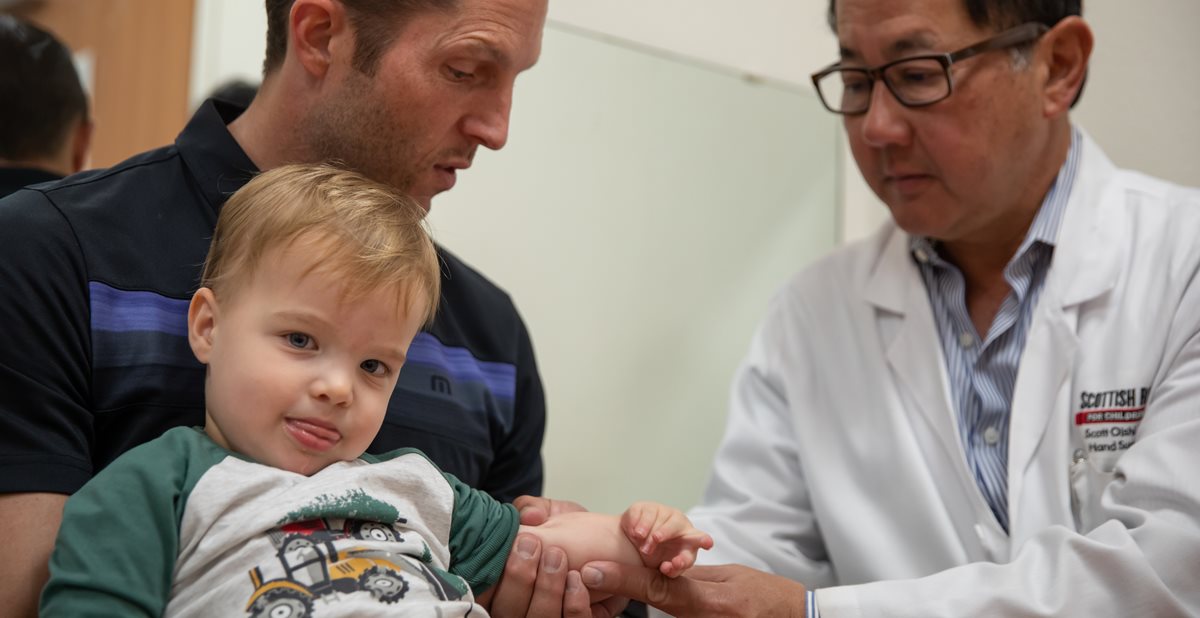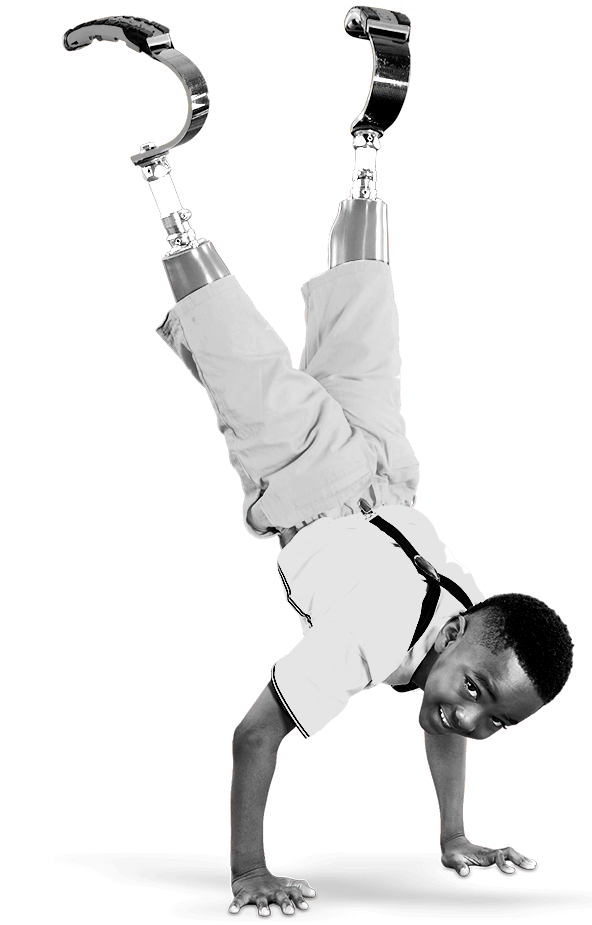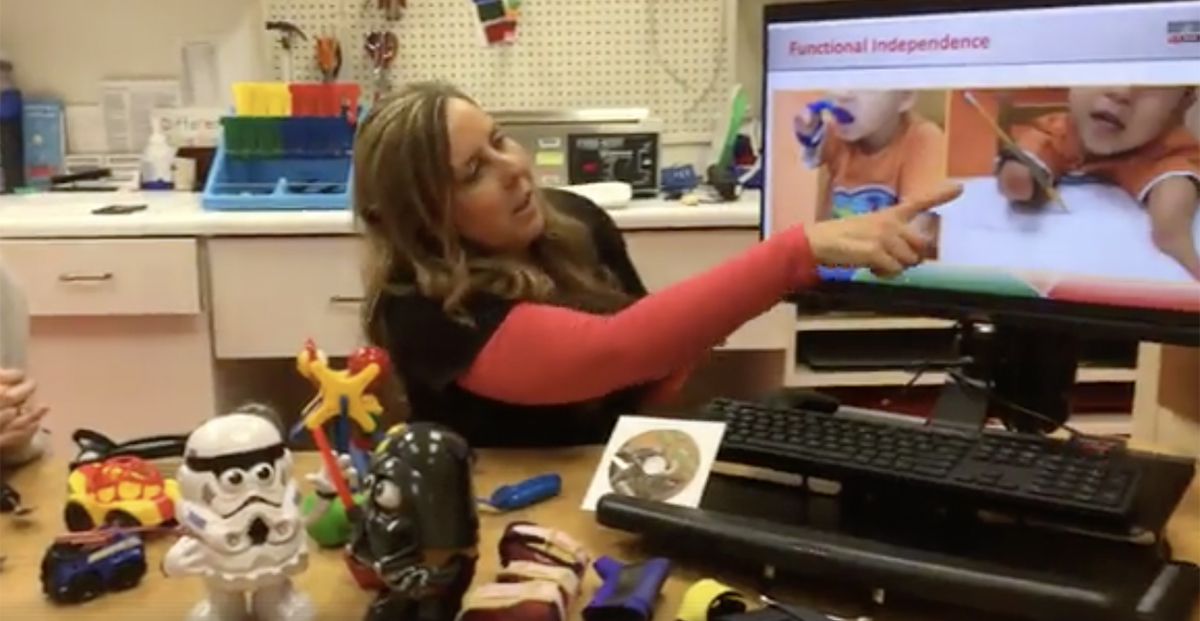
Dec 13, 2017 / Hand Conditions
#SRHaccess Facebook LIVE Recap: Hand Therapy
On this week’s Facebook live, Amy Lake, OTR, CHT joined us to discuss the hospital’s hand therapy program. Below is a recap of the conversation.
As an occupational therapist and certified hand therapist, what do you do for our patients?
As an occupational therapist and certified hand therapist, what do you do for our patients?
- Works with our hand doctors to provide a therapy treatment plan for our patients.
- Provides therapy for all hand conditions seen at the hospital.
- Works closely with the patient’s family to educate them on home exercises and stretches.
- A patient will be seen by the doctor and hand therapist to be evaluated. If there is a need for therapy, the hand therapist will conduct ‘play time’ with the patient to analyze their overall movement and function.
- If there is a need for regular, ongoing therapy, local patients will come to the hospital. However, if the family is not local, the hand team will refer the patient to a therapist near their home.
- The hand therapist is the coach and the patients are the athletes.
- Overall goal is independence and getting them back to what they want/need to do for daily living.
- Prepare the child before surgery to better understand how they use their hand through various activities.
- After surgery, therapy is important to build strength through stretches and exercises as well as enhancing range of motion.
- Adapted scissors: used for patients who have trouble gripping/grasping.
- Pencil grips: to help hold the pencil better and to provide increased endurance for schoolwork.
- Button hook: Patients diagnosed with arthrogryposis, congenital hand differences or radial dysplasia have weak grip strength and lack the range of motion to reach. The button hook allows them to button up clothing independently with one hand.
- Zipper pulls: used to assist a patient when getting dressed.
- Tying shoes: shoe buttons to help the child tie their shoe independently.
- Eating utensils – spoons, forks, knives: Patients diagnosed with a hand condition, such as radial dysplasia, can use an adapted utensil that is curved inward to make eating independently easier.
- Goal driven: Once a patient accomplishes what they want or need to be independent and successful, they are discharged from therapy.
- A patient had surgery and is needing rehab.
- If a patient is unable to do something because of their condition/difference, the therapists will teach them how to do that specific activity.
